Metal stamping clips are precision-engineered fasteners designed to securely hold components together across various applications. Crafted from high-strength materials like steel, aluminum, or brass, these clips are shaped through advanced manufacturing processes that prioritize accuracy and uniformity. Their reliability and versatility make them essential in industries such as automotive, aerospace, and electronics.
In this article, we will delve into the specifics of metal stamping clips, explore their advantages, and provide guidance on selecting the most appropriate type for your needs. This guide aims to be a valuable resource for understanding the intricacies of metal-stamped components.
What Are Metal Stamping Clips?
Metal stamping clips are highly specialized components employed in numerous industries to secure parts, manage wiring, or offer structural support within assemblies. These clips, while compact, play a crucial role in ensuring that systems function correctly. The metal stamping process, which includes punching, embossing, bending, or pressing metal into precise forms, is fundamental to their production.
The stamping procedure is noteworthy. It starts with a metal coil being fed into a stamping press that utilizes dies and high pressure to mold the metal into exact specifications. This method can be tailored for high-volume production, yielding clips with remarkable consistency, speed, and cost-effectiveness. The adaptability of metal stamping allows for a broad spectrum of intricate shapes and sizes, making these clips a preferred choice in many manufacturing settings.
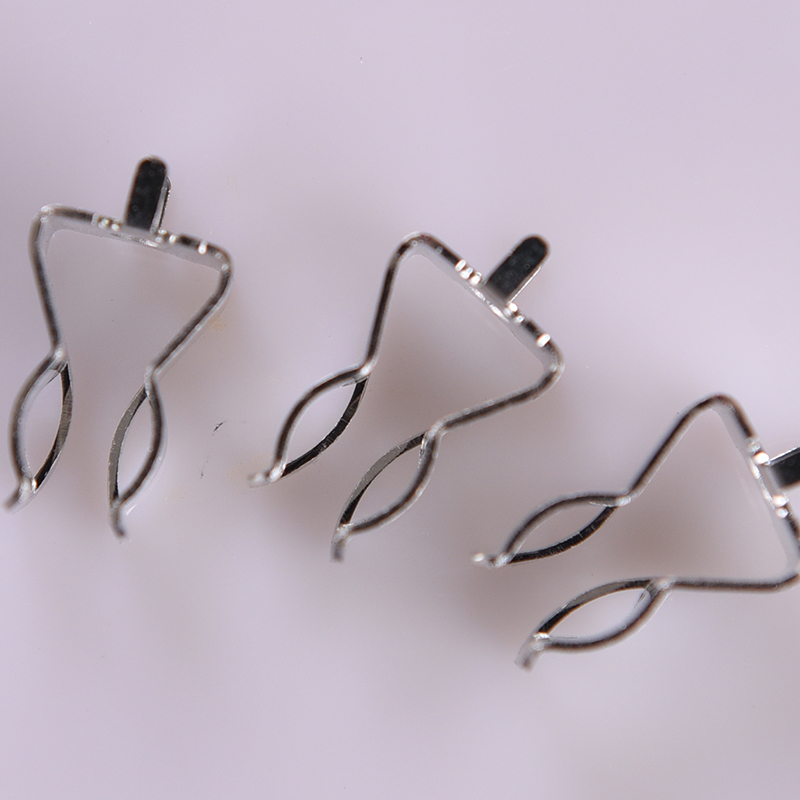
Key Advantages of Metal Stamping Clips
Precision and Consistency
One of the hallmark benefits of metal stamping is the ability to produce components with extremely tight tolerances. This precision is vital for applications where even minor deviations can lead to significant failures, such as in automotive safety systems or aerospace assemblies. The repeatability of the stamping process ensures that each clip, from the first to the millionth, maintains uniformity, thereby guaranteeing reliable performance across various applications.
Cost-Effectiveness
Metal stamping stands out as a cost-efficient manufacturing technique compared to other methods like machining or casting, particularly for large production runs. Although the initial costs for die setup and press preparation can be substantial, they are offset by the low per-unit costs achieved in high-volume orders. This efficiency makes metal stamping an appealing option for industries aiming to reduce costs while upholding quality.
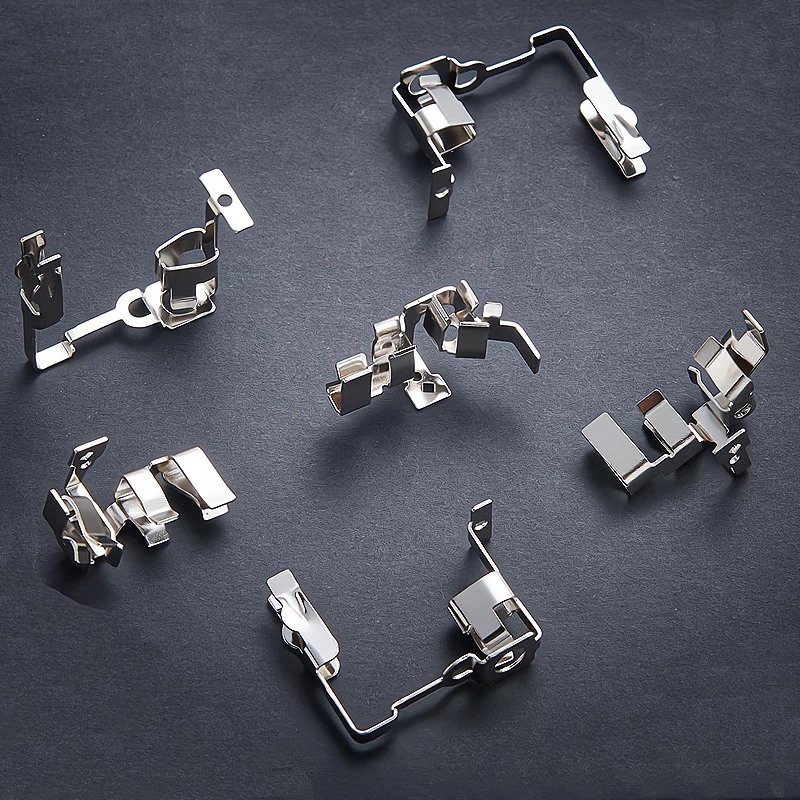
Versatility
The versatility of metal stamping clips is evident in their broad range of applications across diverse sectors. From securing intricate electronic components to fastening crucial parts in aerospace engineering, these clips adapt to numerous environments. Their capacity for customization—regarding shape, size, material, and strength—enables engineers to design clips that meet specific project requirements, whether for simple household applications or complex military machinery.
Types of Metal Stamping Clips
– Flat Metal Clips: These clips are straightforward yet effective for holding surfaces together, commonly found in automotive interiors and appliances.
– U-shaped Clips: Known for their adaptability, U-shaped clips are often used to secure cables and round components, making them ideal for automotive wiring and plumbing.
– E-clips: Designed to fit onto shafts, E-clips securely hold parts in place, commonly used in machinery and automotive assemblies.
– S-clips: Used for quick and secure fastening of overlapping parts, S-clips are prevalent in mounting applications and signage.
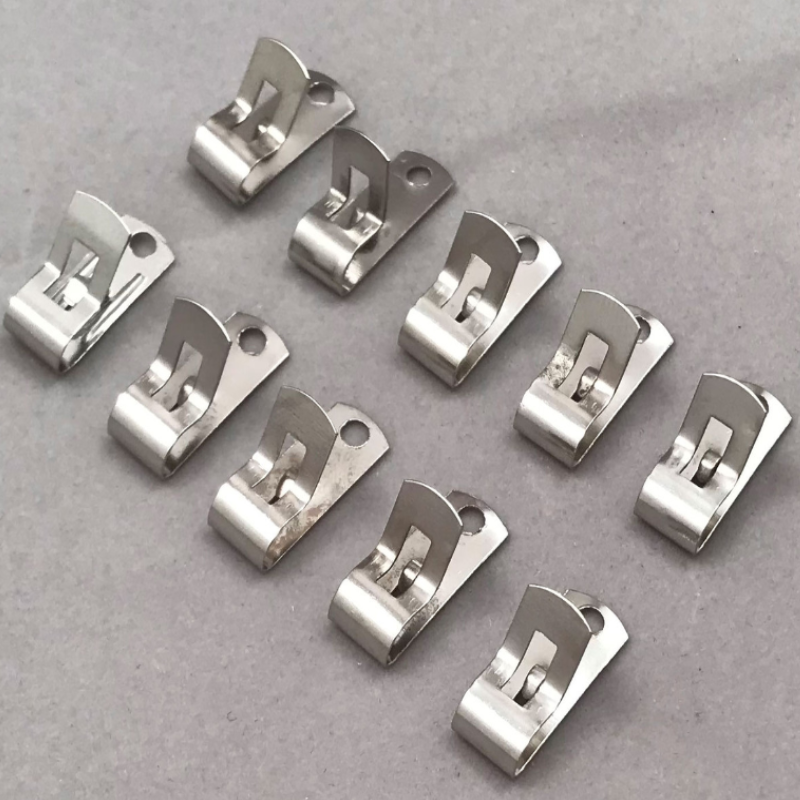
– V-clips: These clips offer a quick fastening method without permanent alterations, suitable for temporary assemblies like shelving units.
– Spring Clips: Utilizing tension to secure components, spring clips are commonly found in automotive and electronics applications, holding everything from trim panels to batteries.
– Circlips: Also known as snap rings, circlips fit into grooves on dowel pins to permit rotation while preventing lateral movement, widely used in mechanical assemblies.
– Wire Clips: Designed to hold wires or cables in place, wire clips vary in shape to suit different applications and often feature easy installation.
– Clip Nuts: A combination of a nut and a spring clip, clip nuts provide a threaded fastening point on thin sheets of metal or composites, especially useful in tight spaces.
– Mounting Clips: Tailored for securing items to walls or panels, mounting clips are extensively used in installations involving panels, wiring, or piping systems.
Industries Utilizing Metal Stamping Clips
Automotive Industry
In the automotive sector, metal stamping clips are vital for both structural and non-structural applications. They secure wiring, fasten upholstery, and mount panels, playing a key role in vehicle safety and functionality.
Aerospace Industry
The aerospace sector demands unparalleled quality and precision. Metal stamping clips are utilized in the assembly of airframes, engines, and interior cabin fixtures, where durability and resistance to extreme conditions are critical.
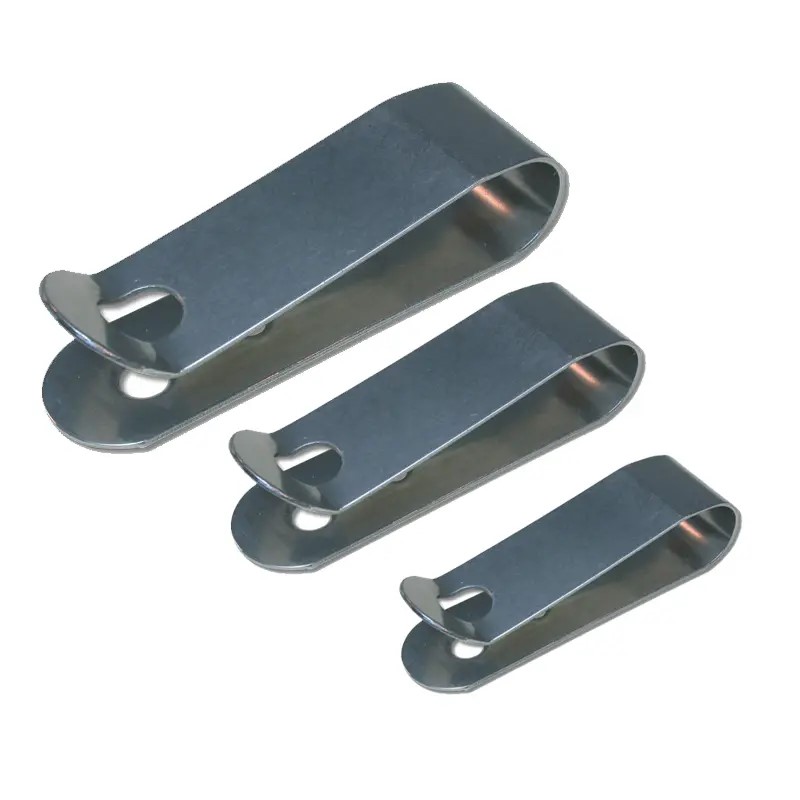
Electronics Industry
In electronics, these clips serve functions such as grounding, mounting circuit boards, and securing connectors. Their precision engineering ensures compatibility with delicate components, providing necessary mechanical support.
Medical Industry
Metal stamping clips are integral to various medical devices, including surgical instruments and diagnostic equipment. These clips must adhere to stringent sterilization and biocompatibility standards, ensuring reliability in critical healthcare applications.
Military Sector
Durability under harsh conditions is essential in military applications. Metal stamping clips are used in vehicles, weaponry, and electronic systems, where performance in extreme environments is non-negotiable.
Construction Industry
In construction, metal stamping clips find use in framing, plumbing, and electrical installations. Their robustness ensures secure material connections, contributing to the stability and safety of structures.
Selecting the Right Metal Stamping Clip
Material Considerations
Choosing the appropriate material is critical for the functionality and longevity of a metal stamping clip. Factors to consider include:
– Steel: Ideal for applications requiring high strength and durability, steel clips are prevalent in automotive and industrial settings but may need protective coatings to resist corrosion.
– Aluminum: Lightweight and corrosion-resistant, aluminum clips are ideal for aerospace and portable electronics applications.
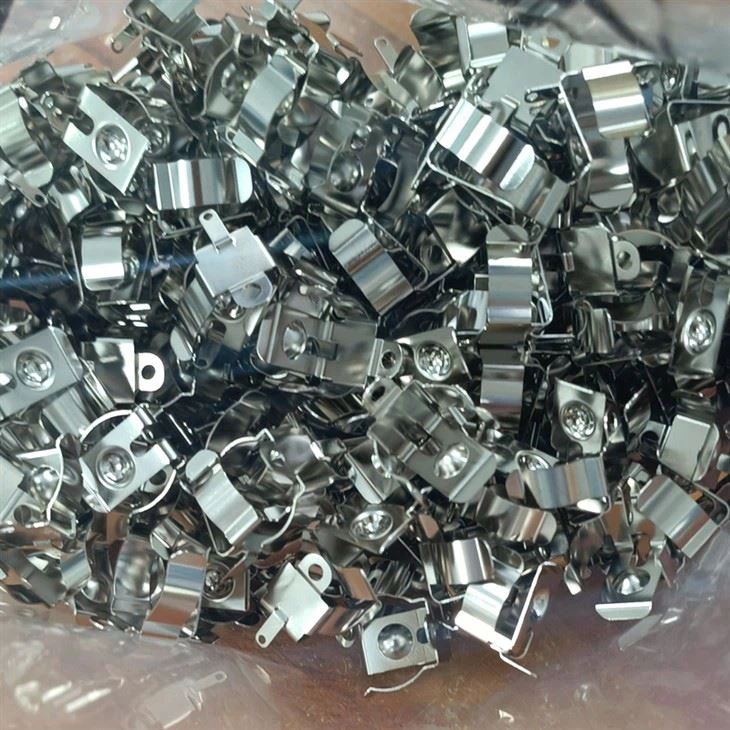
– Brass: Known for its electrical and thermal conductivity, brass is often used in electrical systems requiring low friction and high corrosion resistance.
Design Factors
The clip’s design should align with the mechanical requirements of its application:
– Dimensions: Ensure that the thickness and width of the clip can support the load and fit within the assembly constraints.
– Shape: The interaction of the clip with other components is crucial. Simple flat clips may suffice for basic attachments, while more complex shapes might be necessary for securing cables or rounded objects.
Quality Assurance
To ensure reliability and safety, adherence to industry-specific quality standards is essential:
– Certifications: Seek clips that comply with ISO or automotive standards, such as IATF 16949, to guarantee consistent quality.
– Testing: Verify that clips undergo rigorous testing for tension, compression, and environmental resistance, particularly in safety-critical applications.
Supplier Expertise
The manufacturer’s reputation and expertise are key to obtaining high-quality clips:
– Experience: Opt for suppliers with a proven track record in your industry, as they are more likely to understand the specific challenges and requirements.

– Customization Options: Consider whether the supplier offers custom solutions for unique needs, including modifications to material, coating, or dimensions.
Cost Considerations
While quality is paramount, cost remains a significant factor:
– Volume Discounts: For bulk orders, look for suppliers that offer discounts.
– Setup Costs: Evaluate initial costs for custom dies or modifications, which can affect overall expenses, especially for smaller production runs.
The Manufacturing Process of Metal Stamping Clips
The production of metal stamping clips involves a series of precise, controlled steps, each vital for meeting specifications and quality standards:
Design and Prototyping
The manufacturing process begins with designing the clips. Engineers and designers collaborate to create detailed specifications, taking into account material properties and expected forces.
– CAD Modeling: Utilizing computer-aided design (CAD) software, the clip is modeled in 3D to facilitate adjustments before physical production.
– Prototyping: Finalized designs undergo prototyping through methods like 3D printing or small-scale stamping trials, allowing for practical testing and refinements.
Tooling and Die Creation
Before mass production, custom tooling and dies are fabricated to match the clip designs:
– Die Fabrication: Dies are machined from durable materials like steel, which can withstand stamping pressures. Accuracy is critical to ensure consistent quality.
– Setup: After installing the dies in the stamping press, extensive testing is conducted to ensure proper force application.
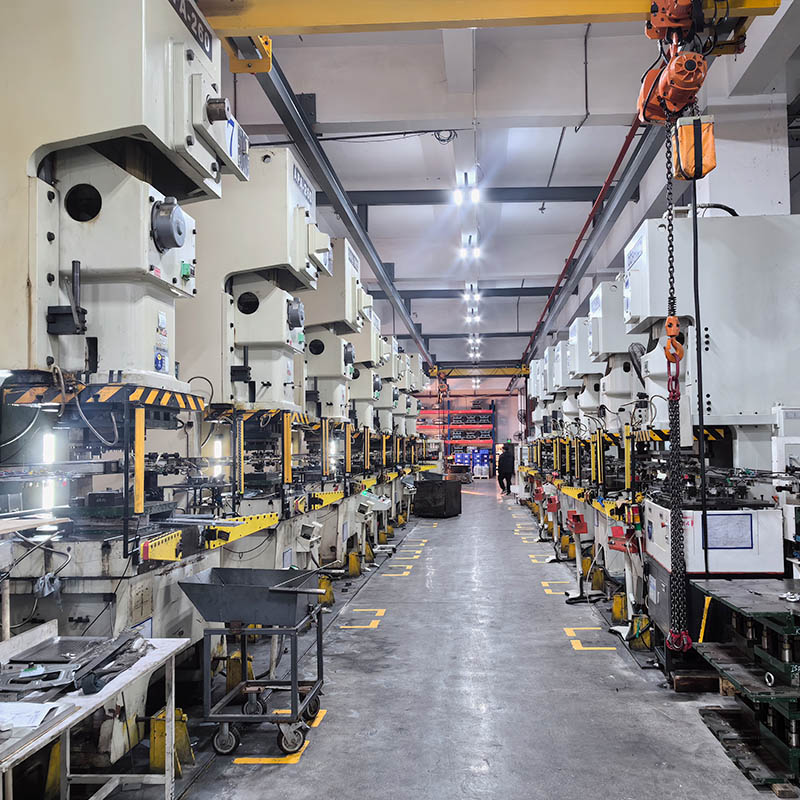
Stamping Techniques
Once setup is complete, the stamping process begins:
– Material Feeding: Metal sheets or coils are fed into the stamping press, with material choice determined by the clip design.
– Punching and Forming: The press uses dies to cut, bend, and shape the metal. This process may occur in one stage or multiple stages, depending on design complexity.
– Quality Inspection: Each batch undergoes inspection to verify compliance with design specifications, including visual and mechanical assessments.
Finishing Processes
Post-stamping, clips may undergo various finishing treatments to enhance properties like strength and corrosion resistance:
– Heat Treatment: Controlled heating and cooling alter the microstructure, improving strength and hardness.
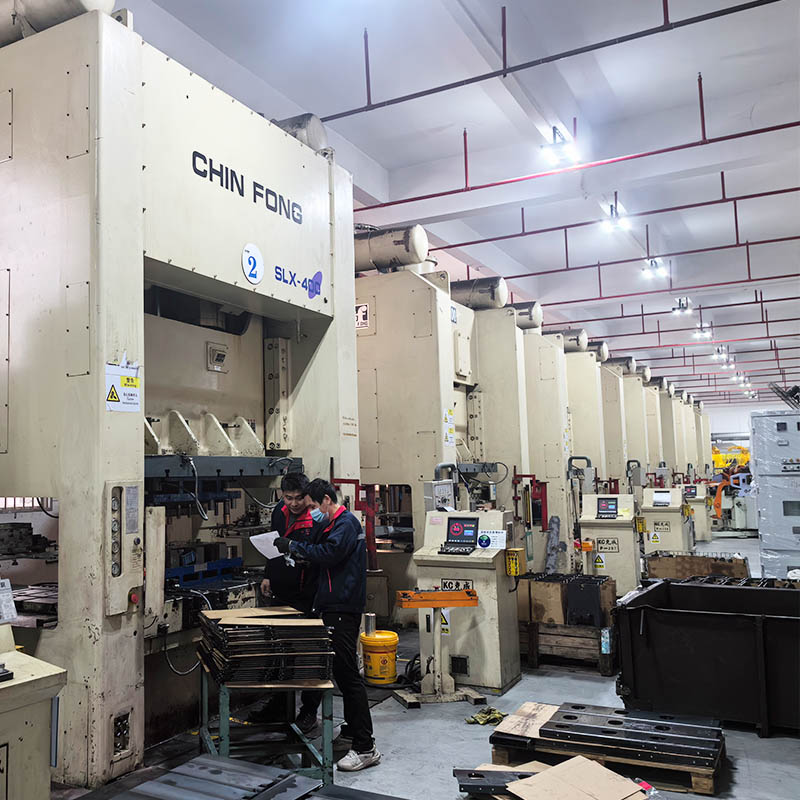
– Surface Finishing: Clips may receive coatings, plating, or painting to prevent corrosion and enhance durability. Common coatings include zinc, nickel, and powder coatings.
– Packaging: Finally, clips are packaged for shipment, often with additional quality checks to ensure no defects are present.
Conclusion
Thank you for exploring the intricate world of metal stamping clips with us. Should you have any further inquiries or require expert guidance on selecting the right components for your projects, please do not hesitate to reach out. Our team is dedicated to helping you meet your manufacturing needs with precision and efficiency.